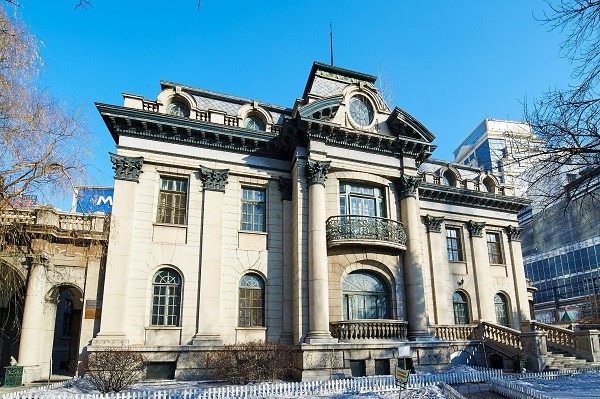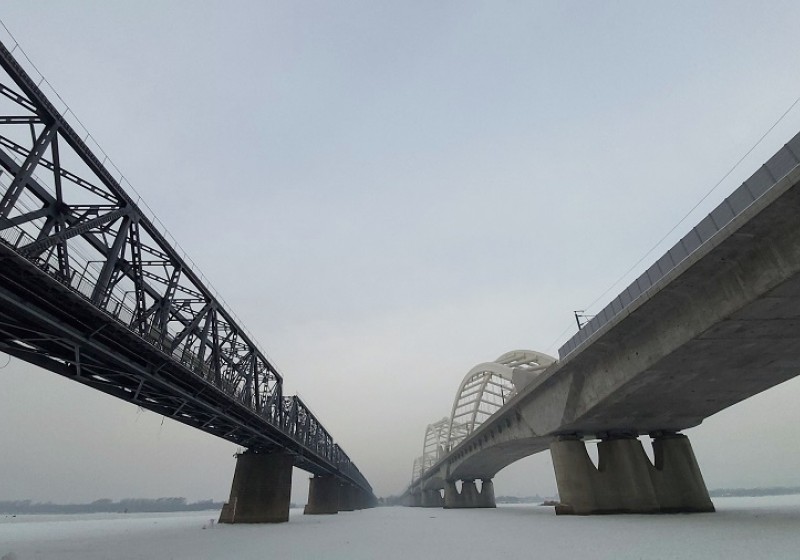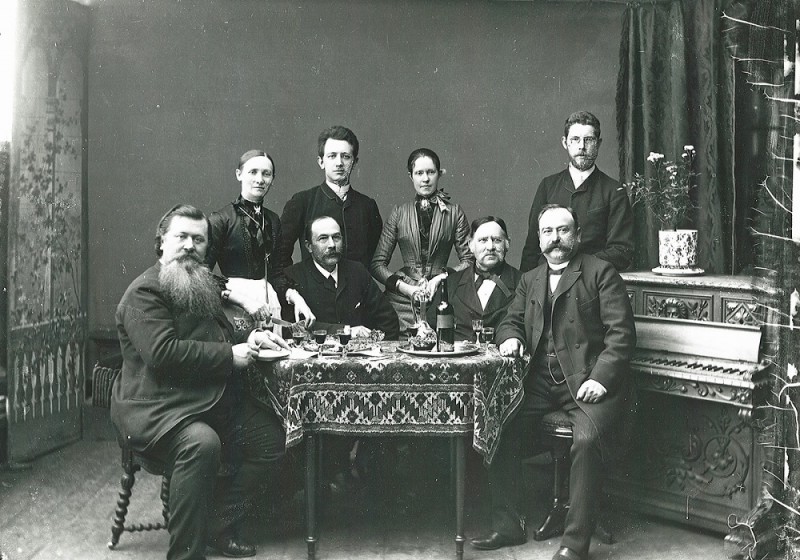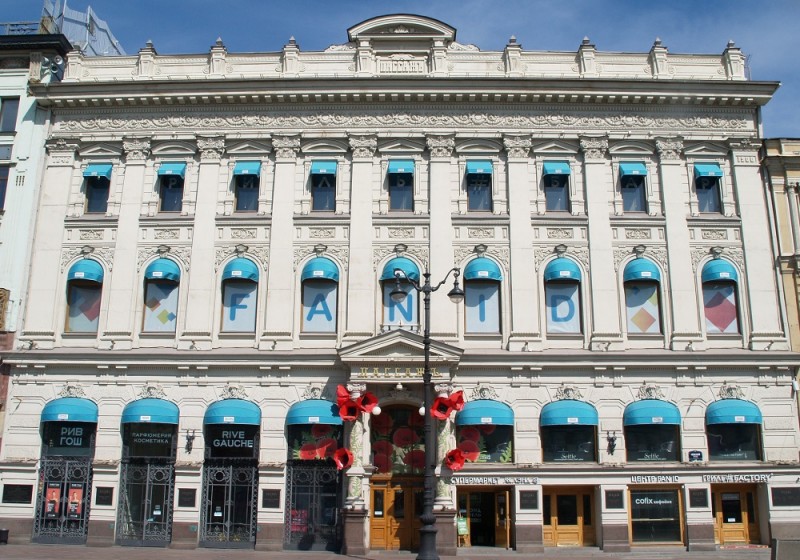Władysław Kowalski’s Villa in Harbin
At the end of the 19th century hundreds of Poles came to Manchuria - the northeast of present-day China - and found employment at the construction of the Chinese Eastern Railway. They settled around the town of Harbin, founded in 1898 on the Sungari River. Among the Polish businessmen operating there the most famous was the owner of a timber company, Władysław Kowalski. Although there is not much left of the company he founded, there is still an impressive villa in Harbin which he built for his family.
The villa in Harbin
Most of the Poles living in Harbin were qualified specialists and constituted an important part of the local administrative and economic elite. Undoubtedly, they also contributed a lot to the architectural landscape of the town. Of the private buildings constructed at the time, Władysław Kowalski's villa was by far the most prominent. This neoclassical city residence was built in 1909 and it was probably designed by the Italian architect Bernadeto Dati. The building, surrounded by a small garden, stood at one of the main squares of the city, opposite the St. Nicholas Cathedral (which was designed in 1899 by the Polish architect Józef Padlewski and no longer exists, demolished during the Cultural Revolution in 1966). Władysław Kowalski lived in his villa for only a few years; when his timber empire began to decline, he was forced to leave the residence.
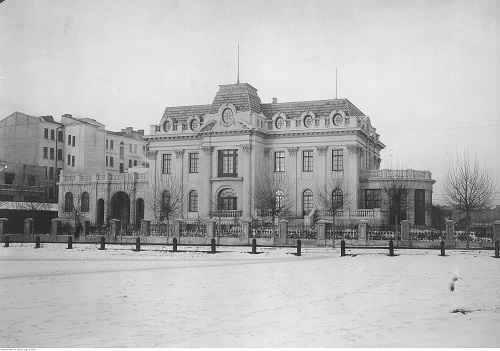
Władysław Kowalski's Villa in Harbin (fot. NAC)
The residence was later taken over by the Chinese Communist Party to house the Mao Zedong Museum, and at present it houses the Museum of the Famous Achievements of the Revolutionary Leaders. The exhibition includes a piece about the first owner of the building, which, fortunately, survived in its original form. Even the interior decoration with the original panelling made of the wood from the forests managed by Kowalski has been preserved.
The Polish king of Manchuria
Władysław Kowalski (1870-1940) came from Podolia and started his professional career in Vladivostok, where he arrived in 1896. He worked at the construction of a railway line connecting this town with Khabarovsk. He quickly realized that the key raw material in the construction process was timber, and its supply could be a very lucrative source of income. In 1911 he received the first official concession to exploit the Manchurian forests. He quickly grew to become the main supplier of timber for the developing Chinese Eastern Railway and other construction companies.
Kowalski leased over 6 thousand km2 of forest. The whole area was connected by a well-developed transport network which guaranteed regular supply. The dynamically developing company built not only modern sawmills and transport infrastructure, but also numerous office and residential buildings, workshops and power plants. In his little empire Kowalski employed over 8 thousand people, including many Poles.
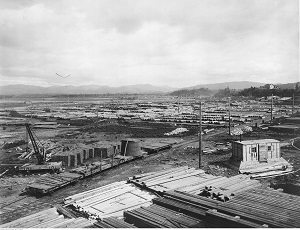
Timber company - Jabłoń concession
After 1918 Harbin remained the centre of Polish settlement in the region. In 1925 Władysław Kowalski built a modern plywood factory, which for years remained the only factory of its kind in China, producing both for the internal market and for export. In addition, he provided financial support for the activity of Polish organizations operating in Harbin - mainly the association “Gospoda Polska”, established in 1907, and two Polish Catholic parishes (St. Stephen’s and St. Josaphat’s).
The decline of the timber empire
Although for years Władysław Kowalski successfully coped with the local bureaucracy and the local ways of doing business, the financial crisis of 1929 and deepening corruption led his company to financial collapse. He decided to associate himself with several Chinese officials in the hope that it would save his company and he would be able to do business. Unfortunately, the opposite happened and as soon as in 1930 the company was on the verge of bankruptcy.
The political situation at the time, i.e. the separation of Manchuria from China and the creation of the puppet state Manchukuo controlled by Japan, deprived Kowalski of his last hopes of rebuilding his empire. In 1936 his concessions were revoked by the Japanese authorities, who did not want to buy such valuable raw material as timber from foreigners. These exhausting and fruitless struggles certainly had a negative impact on his health. Władysław Kowalski died of a heart attack in Harbin in 1940. His wife and two daughters emigrated to the United States.
After his death the company successfully operated under Japanese rule and was profitable. It collapsed in 1945, when the Red Army entered Manchuria.
